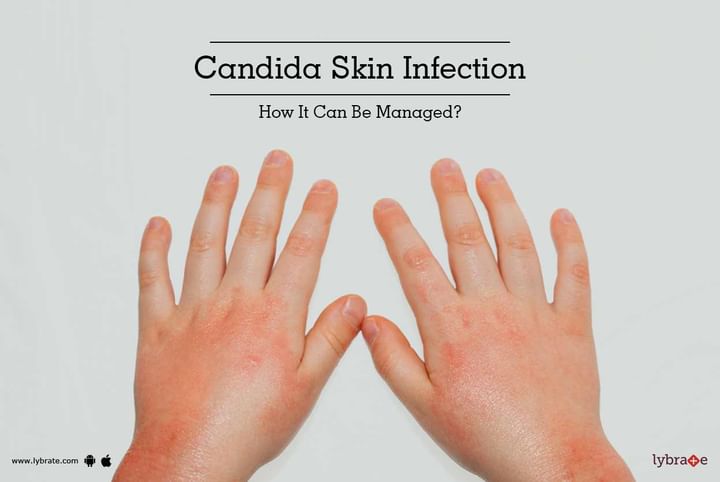Candida Skin Infection - How It Can Be Managed?
Fungal infection of the skin and mucous membranes is very common. The most common species of fungus causing these infections is Candida albicans. They are present in abundance in the skin and mucous membranes and have a protective function. However, when immunity is compromised, these grow to a significant number and infection results. Some of the most common candida infections and ways to manage them are outlined below.
Athlete’s foot, nail fungal infections, diaper rash, jock itch, oral thrush, and vaginal yeast infections are the most common candida skin infections. Though they can occur anywhere, they are most common in the intertriginous areas, where two skins come in close contact, like the groin area, the armpits, the corners of the mouth, area between the toes and between the fingers. Sweat and mucous facilitate their growth further, as they provide a moist environment for their growth.
In addition, poor hygiene, hot/humid weather, and constricting clothing can lead to increased chances of developing candida infections. Patient conditions like obesity, infants, diabetics, hypothyroidism, inflammatory disorders, pregnancy, damp weather, and immunosuppressed conditions like AIDs are definite risk factors. Identifying the infection is the biggest step towards treatment. There could be rashes, patches, flaking, cracks, soreness, and erythema, white or red lesions in the mouth or genital area.
Management:
A little precaution can help in preventing infections and there are definitely ways to treat the condition also.
If someone is immunosuppressed or has other predisposing factors, it is advisable to take precautions as listed below to avoid candida infections.
- Keep the intertriginous areas clean, could be by bathing more frequently or using sponge baths
- Wear loose clothing so the skin in the areas like groynes and armpits are not irritated
- Diaper skin management
- Keep the toenails and feet area clean
- During pregnancy, wear loose clothing and dry thoroughly after showers to avoid infection
- Frequently change inner garments and socks
- During warm weather, wear open-toed footwear so there is adequate aeration
- Take supplements like multivitamins to maintain good immunity levels
Treatment:
While treatment of one-off candida infections is not uncommon, people who are prone to recurrent infections need more stringent management. In one off infections, topical anti fungal agents like lotions, powder, ointments or creams are sufficient. These could contain anti fungal agents like ketoconazole or fluconazole. It is important that these stay in touch with the skin surface for about 10 to 15 minutes.
In moderately severe infections, a course of oral anti fungal agent is used, sometimes for up to 2 weeks depending on the severity of the symptoms. IV anti fungal agents may be used in more severe and widespread cases like seen in AIDS patients. If you wish to discuss about any specific problem, you can consult a Dermatologist.



+1.svg)
